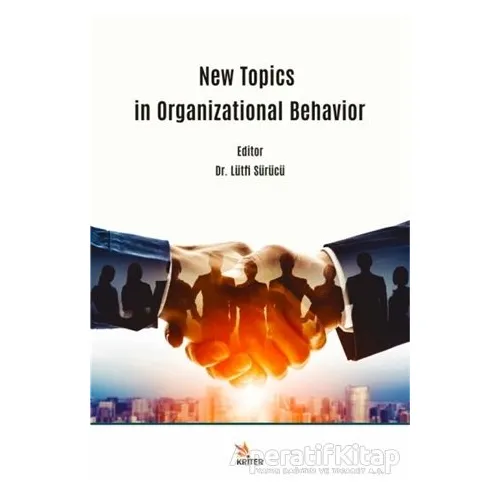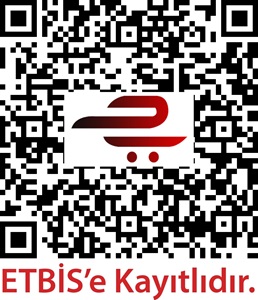New Topics in Organizational Behavior - Lütfi Sürücü - Kriter Yayınları
Hiç mesaj bulunmadı
| Taksit | Tutar | Toplam |
|---|---|---|
| Tek Çekim | 204.00 TL | 204.00 TL |
| 2 Taksit | 102.00 TL | 204.00 TL |
| 3 Taksit | 70.72 TL | 212.16 TL |
| 4 Taksit | 53.55 TL | 214.20 TL |
| 5 Taksit | 43.25 TL | 216.24 TL |
| 6 Taksit | 36.38 TL | 218.28 TL |
| Ödeme Türü | Toplam Tutar |
|---|---|
| Diğer Kredi Kartları | 204.00 TL |
| Havale / Eft | 204.00 TL |
| Posta Çeki | 204.00 TL |
| Kapıda Ödeme | 219.00 TL |
Kapıda ödemeli siparişlerde +15,00TL kapıda ödeme hizmet bedeli ilave edilir. | |
- Vade farksız taksitler KOYU renkte gösterilmektedir.
- X+X şeklinde belritilen taksitler (Örneğin: 2+3) 2 taksit olarak işleme alınmakta ancak ilgili bankanın kampanyası dahilinde 2 taksit üzerinden işlem yapıldığı halde 2+3 yani 5 taksit olarak kartınıza ve ödemenize yansımaktadır. (2 taksit seçilmiş olsa bile banka kampanyası dahilinde ekstradan vade farkı eklenmeden işlem 5 taksite bölünmektedir.)
New Topics in Organizational Behavior - Lütfi Sürücü - Kriter Yayınları
Globalization and related technological developments have increased competition and put organizations in a struggle to survive in an extremely difficult market condition. Organizations adopt their technologies and infrastructures to todays conditions to gain a sustainable competitive advantage and maintain their existence. However, all these efforts of organizations are easily imitated by rival companies and may cause the loss of competitive advantage.
The resource-based view provides additional information that strategic human resource is the scarce, valuable, inimitable and non-substitutable resources of organizations, thus enabling them to gain a competitive advantage. According to this view, the competitive advantage of the organization is achieved by combining valuable internal resources. Nowadays, sustainable competitive advantage is provided not by environmental factors or physical capital but by human capital (employees) efficiency.
In this context, the attitudes and behaviors of employees who make up human resources are important for their organizational success. Many studies emphasize that positive attitudes and behaviors (e.g. innovative work behavior, work engagement, job satisfaction) in employees have important contributions to the success of the organization, while similarly negative attitudes and behaviors (e.g. organizational silence, turnover intention) are one of the main reasons for the failure of the organization.
In our book, literature has been created on the definition, antecedents, and organizational results of new and current concepts that are newly conceptualized in the literature and are still in their infancy. It is considered that this cumulative literature within the book will be a source for future studies on these subjects and will provide important insights for practitioners.











